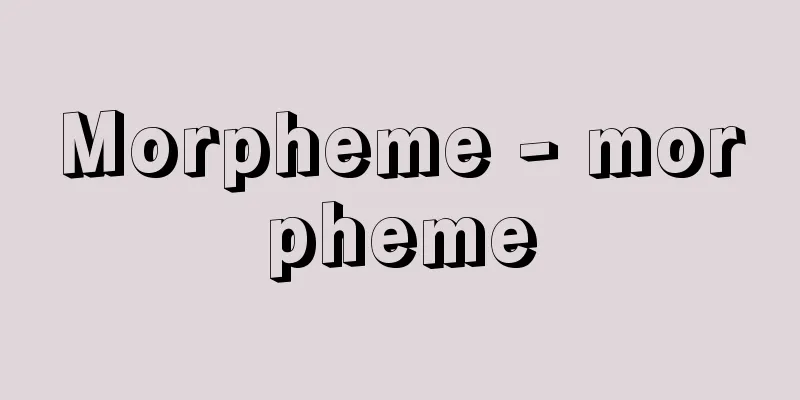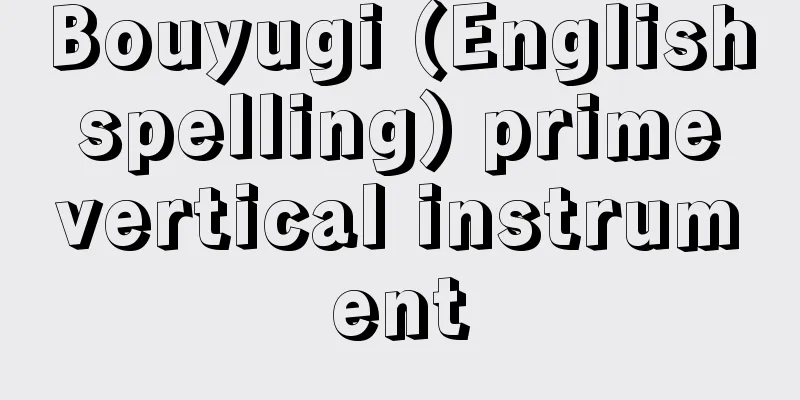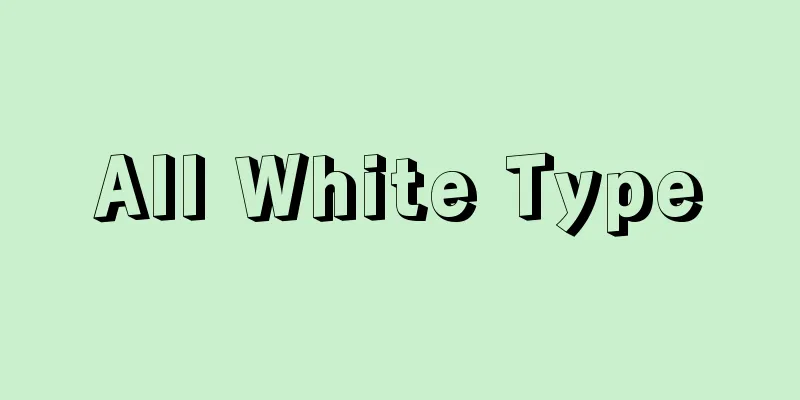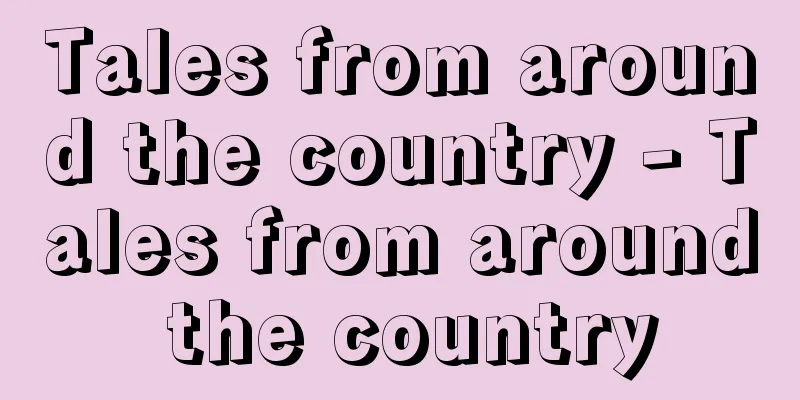Morpheme - morpheme

|
A linguistic term that refers to the smallest formal unit that has meaning. Honbako is divided into two parts, hon and bako. When used alone, hako is a box, so the morpheme hako has two forms, /hako/ and /bako/. Such a specific phoneme sequence is called an allomorph. That is, a morpheme is a representative allomorph. The te in "speaker" represents the actor, and has a different meaning from the te in "right hand". Therefore, these two /te/s belong to different morphemes. In addition, the English plural forms boys [bɔi-z] "multiple boys" and ox-en [ɔks-ən] "multiple cows" have different forms of the endings [-z] and [-ən], but the plural meaning is the same, so they are allomorphs of the same plural morpheme. An allomorph with a different form that is only associated with a specific word, ox, like [-ən], is called a supplement. Furthermore, sheep [ʃi:p] (sheep) is considered to have the same singular and plural form, but if the plural is analyzed as sheep-∅ (zero) and a plural ending of zero is set, all plurals can be explained in a consistent form of "singular + plural ending". Also, in the plural form men [men] of man [mæn] (person), the vowel inside can be considered to be replaced from [æ] to [e]. In the plural form boy-s, the first half boy is spoken as is, so it is a free form morpheme, but the latter half -s [-z] is always combined with other morphemes when used in speech, so it is said to be a bound form. [Koizumi Tamotsu] "Introduction to Linguistics for Japanese Language Teachers" by Tamotsu Koizumi (1993, Taishukan Shoten) Source: Shogakukan Encyclopedia Nipponica About Encyclopedia Nipponica Information | Legend |
|
意味をもつ最小の形式的単位を表す言語学の用語。本箱「ほんばこ」は「ほん」と「ばこ」という二つの意味をもつ部分に分けられる。「箱」は単独に用いられるときは「はこ」であるから、形態素の{hako}は/hako/と/bako/という二つの表れ方をする。このような具体的な音素連続の形をしたものを異形態allomorphという。すなわち、形態素は異形態の代表である。「話し手」の「て」は行為者を表していて、「右手」の「て」とは意味を異にする。したがって、これら二つの/te/は異なる形態素に属する。また、英語の複数形boys[bɔi-z]「複数の少年」とox-en[ɔks-ən]「複数の牛」では、語尾の[-z]と[-ən]の形は違っていても複数の意味は同じであるから、同じ複数形態素の異形態である。[-ən]のように、語形が異なっていて、特定の語oxとのみ結び付く異形態を補充形という。さらに、sheep[ʃi:p]「羊」は単複同形とされているが、複数形をsheep-∅(ゼロ)と分析し、ゼロの複数語尾を設定すると、複数形はすべて「単数形+複数語尾」という首尾一貫した形式で説明ができる。また、man[mæn]「人」の複数形men[men]では、なかの母音が[æ]→[e]に置き換えられると考えることもできる。なお、複数形boy-sにおいて、前半のboyはそのままで発話となるので、自由形式free formの形態素であるが、後半の-s[-z]はつねに他の形態素と結び付いて発話に用いられるので、結合形式bound formをなすという。 [小泉 保] 『小泉保著『日本語教師のための言語学入門』(1993・大修館書店)』 出典 小学館 日本大百科全書(ニッポニカ)日本大百科全書(ニッポニカ)について 情報 | 凡例 |
>>: Portable food - Keitai Shokuryo
Recommend
Chapel (English spelling) chapel; cappella
A chapel. A house or room where Christian worship ...
brown goldfish
...A closely related species lacking a dorsal fin...
Niiro-shi
A samurai family in southern Kyushu. In 1335 (Kenm...
Saori [town] - Saori
A former town in Ama County, western Aichi Prefect...
Gaumata (English spelling)
…son of Hystaspes, a member of the Achaemenid Emp...
Gakunan Liberal Party
…In 1883-84, Matsukata's deflationary policy ...
Oka Hakku
Year of death: 8th November 1767 (28th December 17...
Inner courtier - Inner courtier
It can also be read as "Mitton", and in...
Owazakko - Owazakko
...In Akita Prefecture it is called jajabokko, in...
Kracholov, PT (English spelling) KracholovPT
…Bulgarian poet. Real name Pejo Totev Kracholov. ...
Red cedar
…Junipers are intermediate hosts for the red spot...
Aoyama Tadatomo
1708-1760 A daimyo in the mid-Edo period. Born on...
Deviation from perpendicularity
Perpendicularity is the amount by which a plane or...
Tsuji
〘 noun 〙 (variation of "tsumuji")① A pla...
Festoon (English spelling)
A type of decorative pattern. A floral rope made o...









